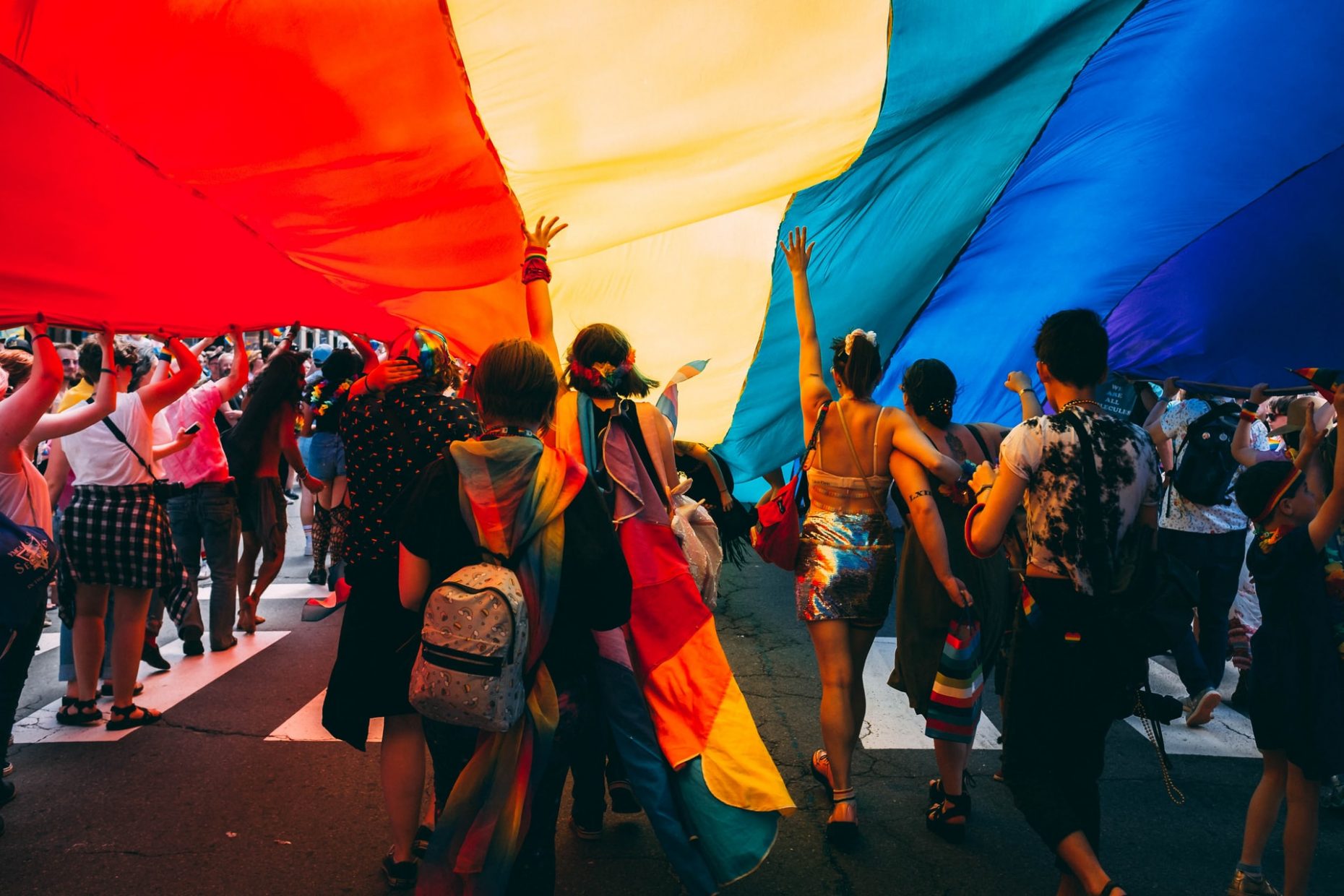Walking for good causes has become a trait of mankind to express our opinion about something we feel passionate about.
When social injustice plagues us or we want to express our values and freedom of choice, we march!
Taking to the streets has long been a sign of protest, and there’s a whole history behind the power of walking for causes. Some of the most successful protests in history augured change because masses of people gathered together to walk as a demonstration of their dissatisfaction.
Walk With Pride
With Pride month in full swing, marches are scheduled all around the world to honour LGBTQ+ pride.
Through the modern notion of sexual liberation and freedom of choice, Pride has evolved into an annual festival full of colourful characters, extravagant floats and outlandish costumes.

But Pride is not merely a parade for homosexuals to express who they are.
The significance of the annual march is a reminder that gays and lesbians were denied civil liberties and the freedom of choice to be who they are – including their choice of partner.
The first Pride march took place in 1970, a year after the Stonewall Riots which kicked off when a group of gay men stood up to routine raids on gay bars.
On this occasion, police officers in New York attempted to arrest a group of men for simply standing outside the bar.
The Stonewall Riots are considered to be a significant milestone in fighting for gay rights. The first Pride march marked the first year anniversary of the day people decided to rebel against an antagonist system hellbent on oppressing civil liberties.
Today, the gay liberation movement is in full swing. It is thought that more than 5 million people attend Pride marches worldwide.
When this number of people turn up in their droves and take to the streets to embrace something they believe in, the world witnesses a unified but peaceful force against oppression.
The overriding message is that people want to make love, not war. We fight by walking not with weapons.
When Did Walking for Causes Begin?
If you Google the history of walking for causes, it’s impossible to detach this honourable tradition from Martin Luther King, Jr. The baptist minister turned activist popularised the notion of peaceful protests in the fight for equal rights for ethnic minorities in the US.
The arrest of Rosa Parks, a black lady that defied the segregation of blacks in 1960’s America sparked a 13-month long series of marches in what became known as the Montgomery Bus Boycott.
Action groups all around the world have been inspired by King’s ideal of protesting peacefully.
Notable modern-day protests include the annual Slut Walk, which features women taking back the streets to draw attention to the wrongful shaming of sexual assault victims.
The Black Lives Matter is a global expansion of the Civil Rights Movement in America to highlight the structural racism in the police force and other social institutions that continue to this day despite a Supreme Court ruling that segregation was unconstitutional.

The Psychology Behind Walking for Causes
Walking with thousands of other people is a unifying experience that demonstrates a person’s willingness to put their body on the line for what they believe in.
Humans are social creatures, and there’s the power behind fortifying your beliefs with a peaceful troop of like-minded people, willing to walk side by side in unity, for social justice.
While walking for causes may be seen as a relatively modern phenomenon, the idea of migrating together for a collective belief is nothing new.
Religious believers have been making pilgrimages for thousands of years, to honour their shared values. The number of miles the pilgrims walked echoes an element of sacrifice as they went without adequate rest or sustenance for days.
There’s a similar logic of sacrifice going on at protest walks. Physical exertion is part of the sacrifice.
Lauren Duncan, Professor of Psychology at Smith University states that peaceful protests are movements of conscience. Unlike movements of crisis, which often result in riots and violence, movements of conscience occur when long-standing issues need tackling.



